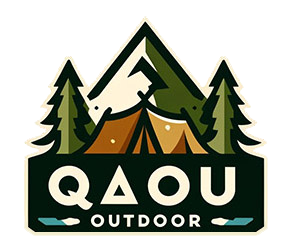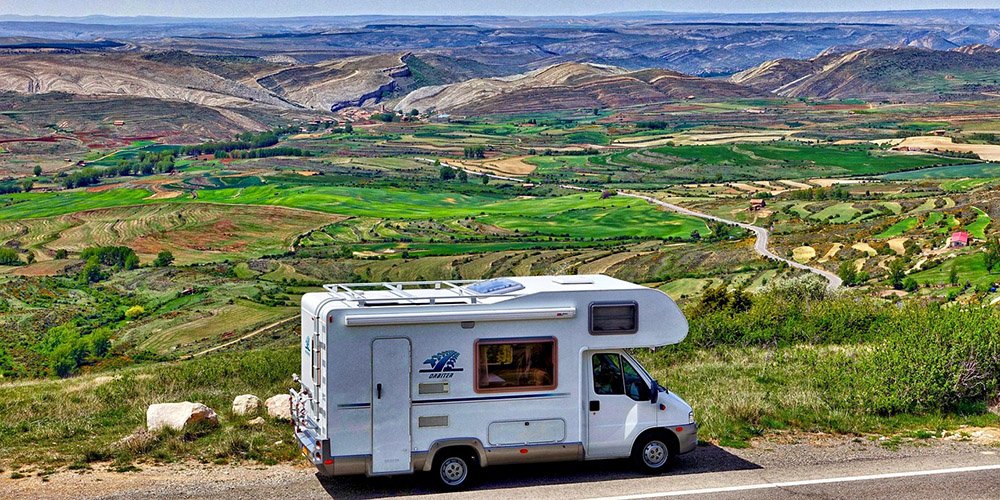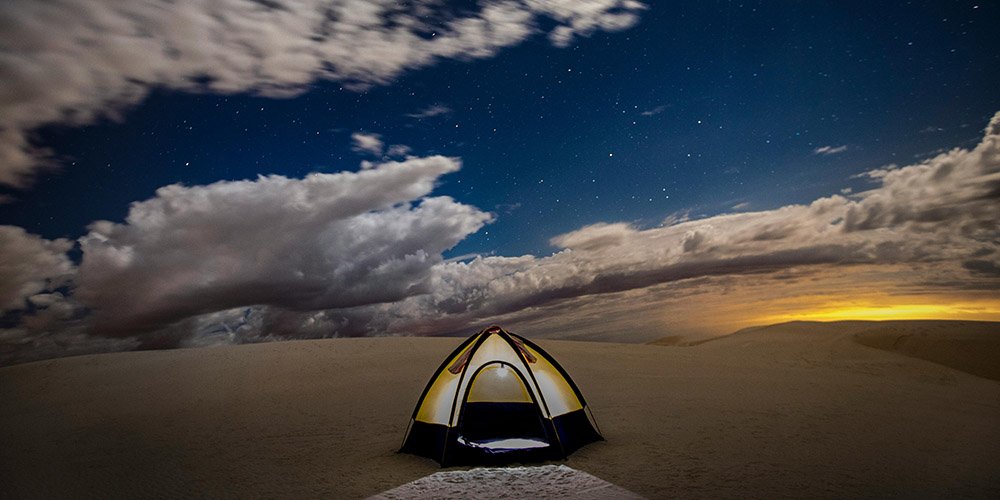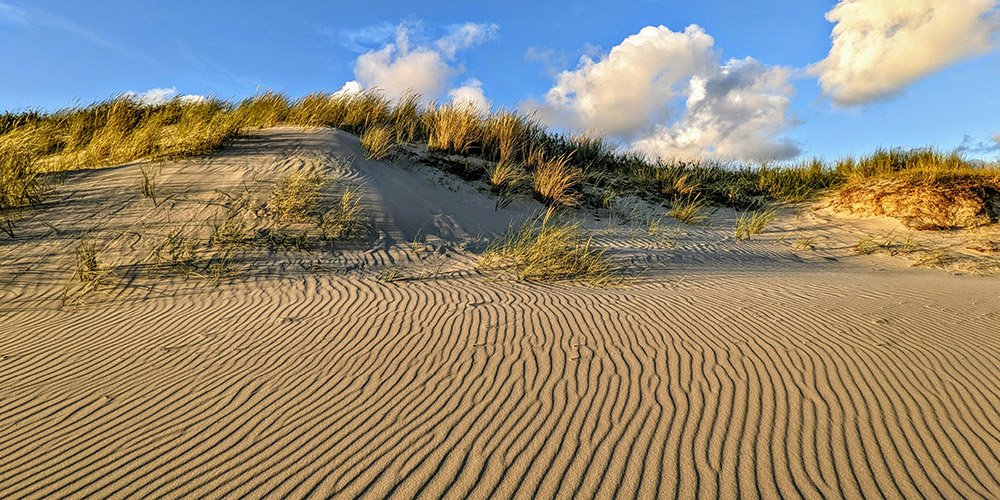What Is Dry Camping or Boondocking? The Complete Guide to Off-Grid Adventures
Dry camping is becoming increasingly popular among RVers, van-lifers, and adventurous tent campers looking to unplug and connect with nature. But what exactly does it mean to “dry camp”? In short, dry camping means camping without any hookups—no water, no sewer, and no electricity.
Also known as boondocking or wild camping, dry camping is about self-sufficiency. It allows you to stay in remote, beautiful places—or even urban settings like parking lots—without relying on campground infrastructure. Whether you’re planning a weekend getaway or a full-time RV lifestyle, this guide will walk you through everything you need to know about dry camping, including preparation tips, pros and cons, and how to make it comfortable and sustainable.
What Is Dry Camping?
Dry camping refers to any camping situation where you’re not connected to external utilities. This means:
- No power hookups
- No running water from the campsite
- No sewage connections
Campers bring all the resources they need and manage their own water, waste, and energy systems. Dry camping can happen in various places:
- Public lands (like Bureau of Land Management or National Forest areas)
- Designated dispersed camping zones
- Primitive campgrounds
- Retail parking lots (with permission)
Dry camping is appealing to those who want solitude, beautiful scenery, or the freedom to camp without needing to book a site.
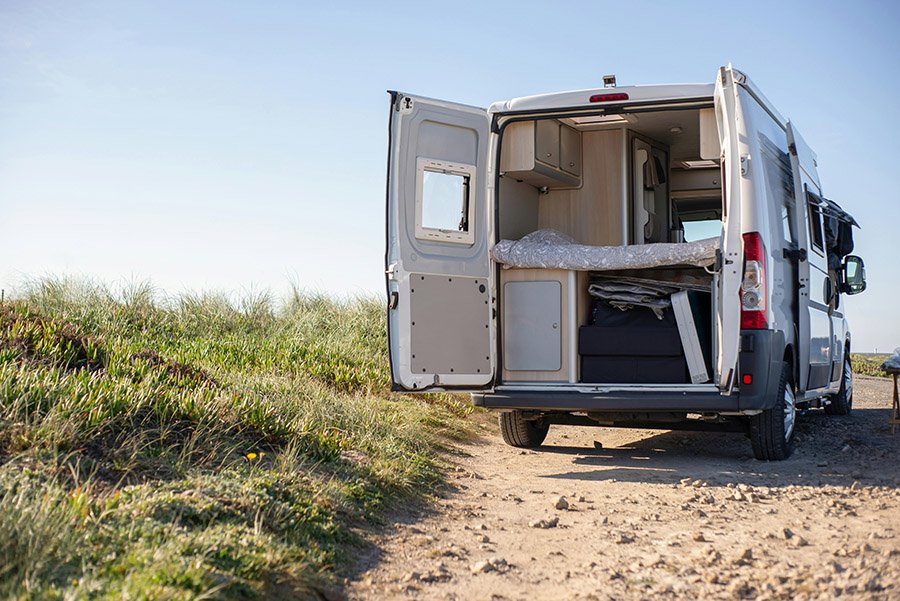
What Does Dry Camping Mean in an RV?
Dry camping in an RV means you’re staying in your rig without plugging into any utilities. This is different from staying in a developed campground with full or partial hookups. Your RV becomes a self-contained living unit.
To do this successfully, RVers must rely on built-in systems and good planning:
- Water tanks for fresh water
- Gray and black tanks for wastewater
- Battery power or solar panels for electricity
- Propane for heating, refrigeration, and cooking
Many RVers choose dry camping because it offers flexibility, saves money, and provides access to remote locations where traditional campgrounds don’t exist. That said, it requires careful resource management and an understanding of your rig’s limits.
Pros and Cons of Dry Camping
Pros
- Free or cheap: Most dry camping spots are free or low-cost.
- Privacy: You can camp far from others and avoid crowded campgrounds.
- Scenic locations: National forests, deserts, and beach overlooks are fair game.
- Flexibility: You can move around without relying on reservation systems.
Cons
- No amenities: No running water, bathrooms, or trash disposal.
- Power and water limits: You have to monitor and ration your usage.
- Not beginner-friendly: Requires planning, navigation, and basic mechanical know-how.
How to Prepare for Dry Camping
Preparation is everything when it comes to dry camping. Here’s how to get ready:
- Water: Fill your fresh water tank, and consider bringing extra jugs or portable water containers.
- Power: Charge your batteries in advance. If possible, bring solar panels or a generator.
- Waste management: Empty your gray and black tanks before you set out. Know where the nearest dump stations are.
- Food & cooking: Pre-plan meals that use minimal water. A propane stove is essential.
- Trash: Bring extra trash bags and plan to pack out everything you bring in.
- Navigation: Download offline maps and apps like iOverlander or Campendium to find legal dry camping spots.

How Long Will a Battery Last Dry Camping?
This is one of the most common questions among new RVers. The answer depends on your battery type, usage, and setup.
Typical Ranges
- Lead-acid batteries: Last 1–2 days with minimal use.
- Lithium batteries: Can last 3–7 days or more, depending on capacity.
Power-Draining Appliances
- Air conditioning, microwaves, and hair dryers use a lot of energy and often require shore power or a generator.
- Lights, water pumps, and fans are easier to manage with solar/battery systems.
Tips to Extend Battery Life
- Switch to LED lights
- Charge devices during the day using solar
- Turn off unused electronics
- Use DC appliances when possible
If you dry camp regularly, consider investing in solar panels, a lithium battery bank, or a high-quality inverter to support longer stays.
Tips to Make Dry Camping Comfortable and Sustainable
- Use collapsible water jugs to refill your tanks without moving the rig
- Install a composting toilet to reduce gray and black tank use
- Use biodegradable wipes for quick cleanups
- Monitor tank levels regularly
- Cook with propane instead of electricity
- Take quick showers or sponge baths
- Use blackout curtains for privacy and insulation
By making small adjustments, dry camping can be not only practical but surprisingly comfortable.
Also read: Is it Legal to Poop in the Woods?
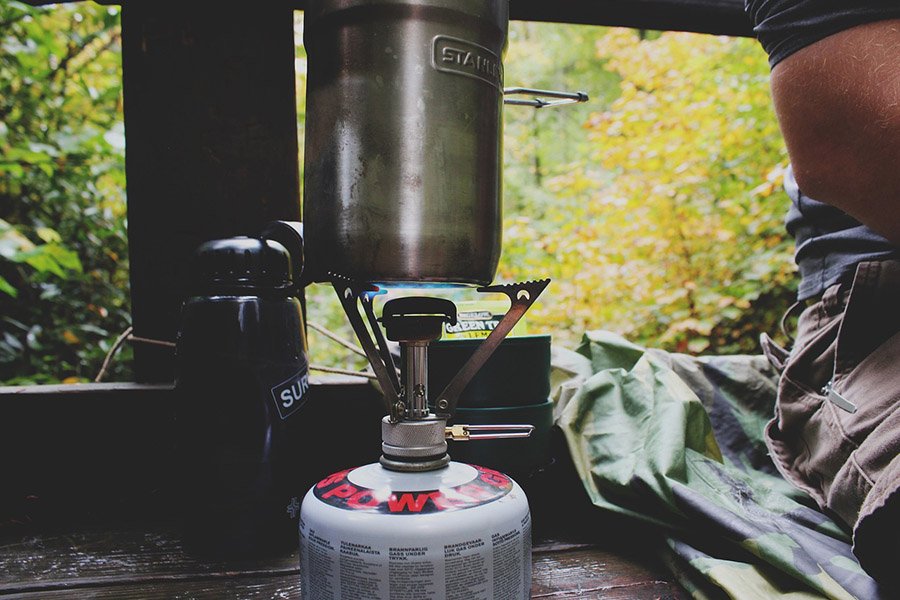
Legal and Ethical Considerations
Dry camping is often legal on public lands, but rules vary. Always:
- Check signage and local rules
- Use designated dispersed camping areas when available
- Respect stay limits (usually 14 days in one spot)
- Follow Leave No Trace principles
Never dump waste or trash in nature. And if camping in a parking lot (like Walmart or Cracker Barrel), always ask permission first.
Final Thoughts: Is Dry Camping Right for You?
Dry camping offers freedom, adventure, and a break from the hustle of traditional campgrounds. It pushes you to be more self-reliant and resourceful, and it rewards you with secluded spots and starry skies.
Whether you’re in a motorhome, travel trailer, van, or even a tent, dry camping can open up new experiences and bring you closer to nature. Start small, plan carefully, and enjoy the journey—because going off-grid doesn’t mean giving up comfort. It means discovering a new way to camp.
Ready to try dry camping? Pack smart, conserve wisely, and enjoy the open road.
